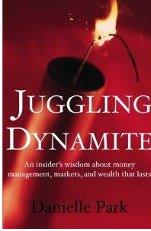Ultra-luxury goods are often regarded as recession-proof, with steady demand regardless of the state of the economy. But that’s not what is happening.
During the pandemic, when ‘free money’ policies sent demand for goods through the roof, many luxury companies seized the opportunity, raising prices by an average of 36% between 2020 and 2023, according to Bernstein analysis (chart below)—roughly double the rate of overall U.S. inflation at the time. For a while, demand proved relatively inelastic, holding up despite soaring prices.
 This was good for companies, where higher prices with steady demand increased total revenue. Now, as with unaffordable homes, cars and motor homes, ‘greedflation’ is coming back to bite in the form of weaker demand.
This was good for companies, where higher prices with steady demand increased total revenue. Now, as with unaffordable homes, cars and motor homes, ‘greedflation’ is coming back to bite in the form of weaker demand.
With excess inventory building in many sectors, cheaper options are taking market share from rivals that consumers now consider overpriced. That’s a problem for those who cannot or will not reduce prices, and then there is the matter of who will pay for new tariffs. See Luxury Brands Are Paying for Over-the-Top Price Hikes:
Luxury brands also can’t cut prices without damaging their image. They spend billions of dollars a year on advertising to convince shoppers to pay steep markups on their goods. Charging less is an admission that they have misread the market and that their goods aren’t as desirable as thought.
More likely, labels will sit on their hands until inflation and income growth slowly make their goods seem more affordable. They can also design new lower-priced products to boost sales.
Brands that showed restraint during the pandemic have the best chance of shielding their profit margins from President Trump’s tariffs.
…At the end of the day everything has its price, even luxury.


